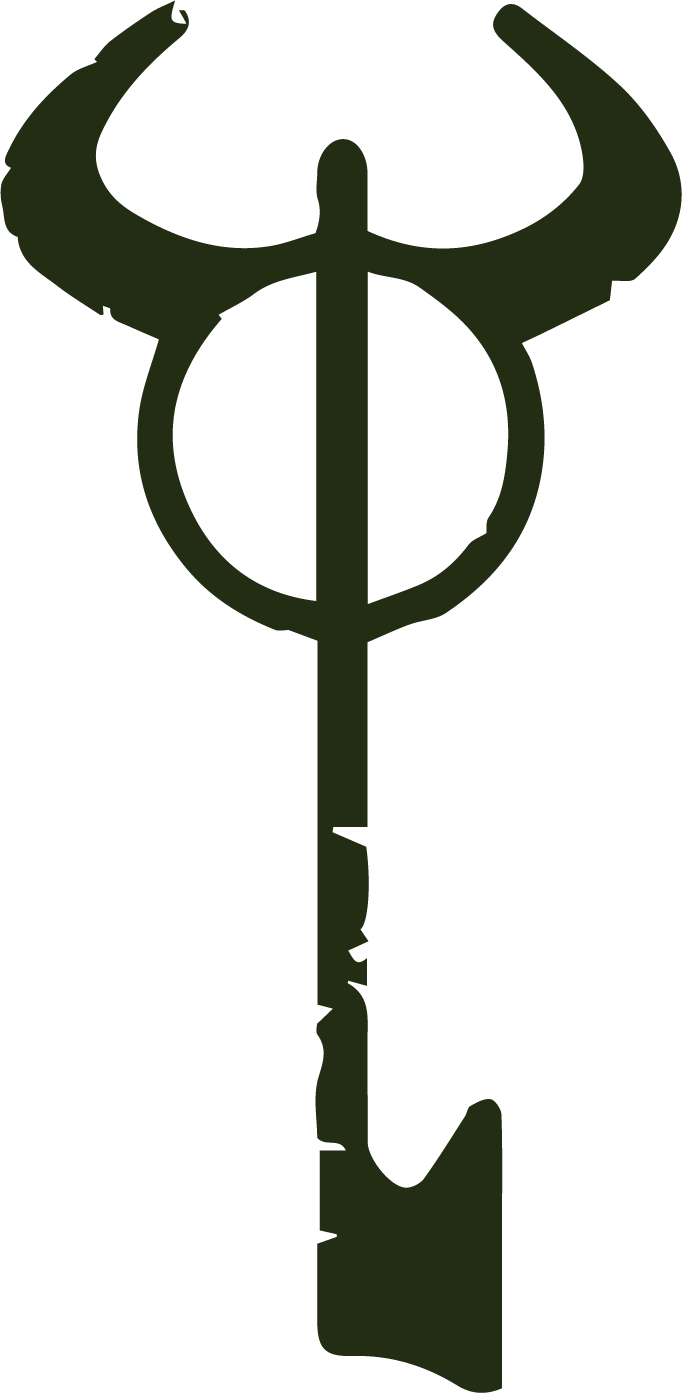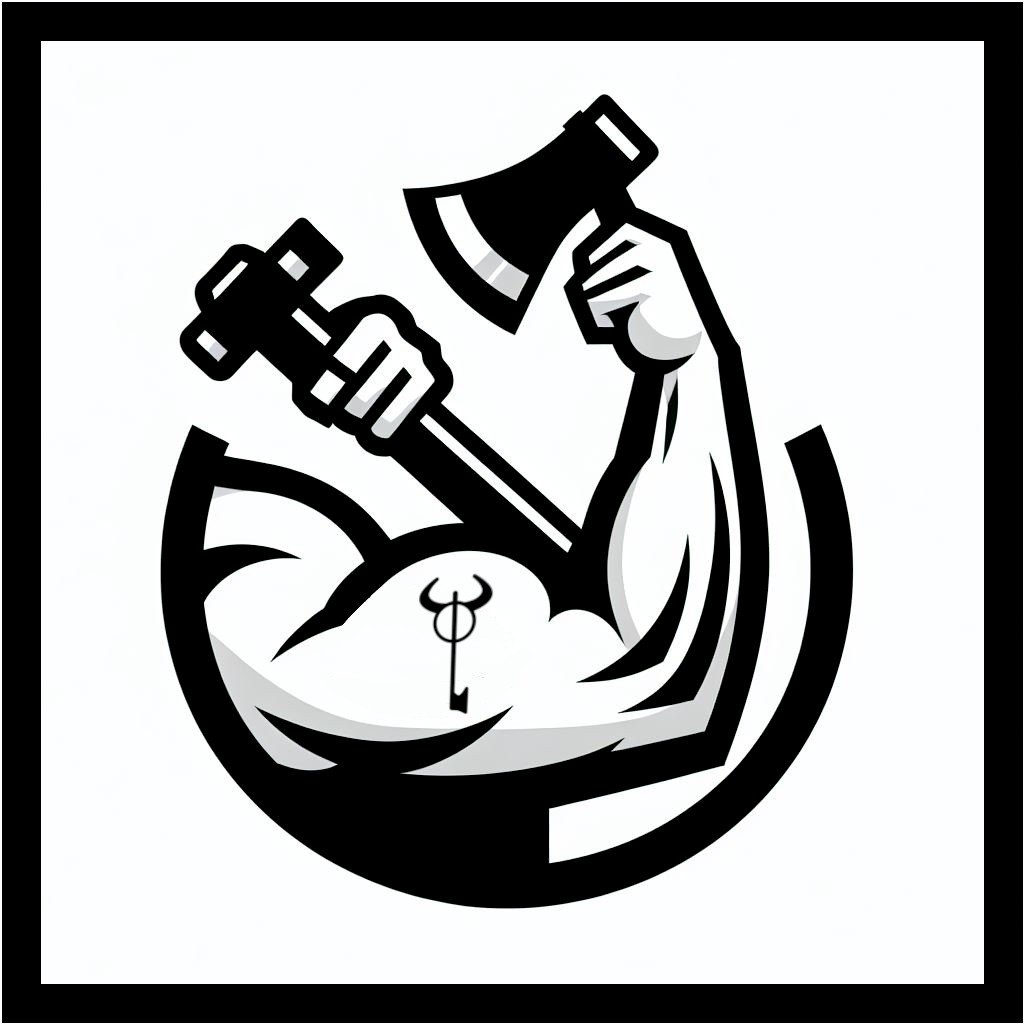What is a Scandi Grind?
The term Scandi Grind gets thrown out a lot on this website since all of our Handmade Knives offer this geometry. Ever wondered what it is, what are the benefits, and why we choose to make all of our knives Scandi Grind? Well read on!
One-of-a-kind Scav Eng Scandi and a mass produced import with a multi-bevel.
Blade Geometry
A “grind” typically refers to the angle or bevel ground into a piece of steel in order to make the blade edge or any other geometries that are ground into a knife. The image above shows a 1 of 1 Scav Eng Scandi Grind knife (Top) vs a mass produced Imported multi-bevel knife (bottom). There are many types of multi-bevel geometries and many opinions on all of them, but we’ll just refer to this as a general multi-bevel geometry in order to keep things simple. You can see the difference in blade geometry and profile in the above picture. One looks like there is much more material removed than the other.
Let’s see the difference
The image shown above is a profile or shape of a knife blade when looking straight on and shows what is going on. The Scav Eng blade has one single bevel or blade edge with lots of extra steel left on the Blade Stock for strength. The Imported knife has two angles (making it a multi-bevel) shown as red and yellow cut into the blade including the Primary Bevel and the Blade Edge (or Secondary Bevel) with very little blade stock left. The Blade Edge in red is the same angle for both knives in this image, however the multi-bevel Import is extremely thin on the top of the Blade Edge (red) as it runs into the Primary Bevel (yellow ) which has already had material removed. This multi-bevel grind is done to help the knife cut due to how thin it is, but at the cost of a reduction in strength due to the removal of material.
Overlay of bevels showing removal of material
See the above image now and note the colors for the Primary (yellow) and Blade Edge (Secondary Bevel in red) as previously described now overlayed on the photo of a Scav Eng blade and the multi-bevel Import. It becomes apparent that these knives have two different purposes. One is made large and thick for cutting while still offering Strength and Reliability, while the other is made thin for cutting while sacrificing Strength and Reliability.
A Scav Eng knife with a Scandi Grind offers the highest levels in Strength and Reliability while out in the field while still being able to be extremely sharp. A multi-bevel knife such as this import can also be extremely sharp, but it’s blade geometry removes much more material at the cost of reliability. Just hope that it’s not when you need it most.
How many can YOU carry?
Think in terms of the extremes, a razor blade and a hatchet. Both are great for their intended purpose, but you wouldn’t use a razor blade to split wood or a hatchet to shave your face. A razor is sharp but too weak, and a hatchet is tough but is too cumbersome. If you have the opportunity of brining your entire blade collection with you every time you go into the woods then great, but if you need to only bring tools you need and can easily carry, then you need to make a decision. So, what you must decide, is, “What is your intent with this knife?” If you intend to ONLY use our knives for fileting fish or ONLY for chopping wood, then they might not be the perfect fit for you. But if you intend to use it for that stuff when the time comes, along with everything else like batoning logs, feathering fire sticks, preparing your meals, self-defense, all the while having the utmost reliability so that it doesn’t fail you in an emergency situation, then a Scav Eng knife might be a great fit for you.
In the analogy above, with a razor being a 1 and a hatchet being a 10, a Scav Eng Scandi Ground knife is going to be around a 7. It can split wood, but can also be sharpened to an extremely sharp edge, but we err on the side of caution and want our gear to perform, so it’s going to lean towards the high toughness side of that scale. That is our philosophy in all of our gear, reliability is the number one priority as we don’t like or design things for a throw away culture.
The beauty about a Scav Eng knife boasting a Scandi Grind, is they can easily be used to split wood outdoors and prep fires, but can also be easily sharpened to the point that you can shave up if you wanted to. This is why all of our knives state they are delivered “hair shaving sharp”, because they’ve proven that level of sharpness before they are put out for sale!
Does that mean you don’t use a razor to shave or a hatchet to split your wood? No. But if you only have one tool that can be used to do everything around camp or in the bush RELIABLY while still having it fit in your pack and not weighing you down with too much equipment while you’re out in the forest, then owning a Scav Eng blade with a Scandi Grind is what you’re looking for. Being that it’s 1 of 1 reaffirms that your commitment to craftsmanship with utmost functionality and reliability is second to none.
Reliability is our priority so it’s tough enough to get the job done!
Pros & Cons of a Scandi Grind
As with anything in life, there are tradeoffs and nothing is a one size fits all. So let this Pros and Cons section guide you in determining your intent and why we choose the Scandi Grind on all Scav Eng knives.
Pros
-Reliability: A common theme for Scav Eng knives is dependability and reliability, and this is the main reason to get a Scandi knife from the viewpoint of Scav Eng. They are ultra tough due to the extra material afforded in the design. Let me ask, “What kind of crowbar do you think is stronger? The one that has all the material removed in order to make it a very light and thin design, or the one that’s made from one chunk of steel that is designed to not break?” The same thought process applies with a knife that you plan to put under hard use and rely on. They won’t fail you when you need them to work.
-Aggression: The aggressive cutting edge of a Scandi Grind knife can be easily used to chop branches or even baton through logs. The wide angle and lack of a second bevel make the knife act like an axe or wedge when needed.
-Sharpening: This type of blade is the easiest type of blade to sharpen, bar NONE. What makes it easy is that the angle that you see is the angle the angle you sharpen it at. There is ZERO guesswork, so you just lay it down and begin. Most times all you need is a fine sharpening stone to get it back to a great, sharp edge. In fact, many people just use a wet river stone while out in the bush for touchups. In a multi-bevel design like the Import knife shown above, it is difficult to find the correct angle the blade edge was ground too, typically making it more dull.
-Control: The control of a single bevel knife like a Scandi is unparalleled. You have more effective use of the blade angle since there is only one blade angle. This is additionally increased by purchasing a Scav Eng blade since our knives have a predisposed control type of handling built into the knife itself. Some lean towards batoning logs, some lean toward feathering tinder, some lean toward skinning, just check them out see what you might prefer. And never be afraid to contact us if you have questions when trying to find the right pick.
Cons
-Weight: Yes, all things being equal, your Scandi Grind knife from Scav Eng will have a slightly higher weight over a multi-bevel geometry knife of similar design. But this is only ounces (sometimes even a fraction of an ounce) on likely your most used tool, and therefore, your most important tool. The tradeoff here is the strength.
-Edge Retention: The larger angle may dull faster due to the thickness of the blade edge and lacking another bevel as well as the type of use these blades are made for… Hard use. That being said, the Scandi Grind is the easiest type of knife to sharpen. So, you get easy sharpening along with strength at the expense of a slightly faster dulling blade.
Hopefully this guide has been helpful and if you have any questions on any of our products including our knives, please feel free to reach out!







